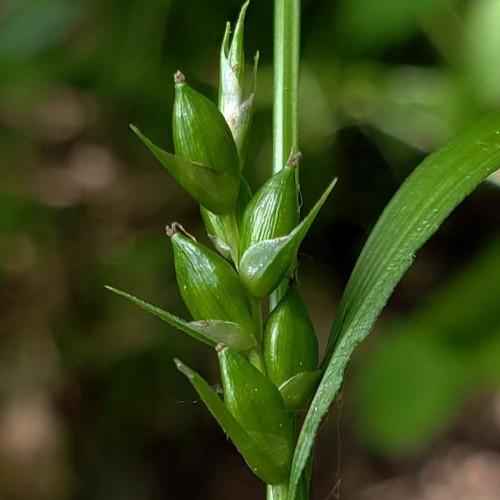
Inflated Narrow Leaf Sedge
Carex grisea
Also Known As - Eastern Narrowleaved SedgeWatering:
Average
Hardiness Zone:
Flowers:
Flowers
Sun:
Partial Shade, Deciduous Shade (Spring Sun)
Soil:
Loam, Humus Enriched
Leaf:
Yes
Growth Rate:
Low
Drought Tolerant:
Yes
Care Level:
Easy
watering
Water Graceful Sedge (Carex gracillima) regularly to ensure that the soil remains moist. Water the plant deeply twice every week during the growing season (spring through fall). Do not overwater, as it may lead to root rot. During the winter months, only water the plant when the top of the soil feels dry. Reduce watering in the colder months to once a week.
sunlight
Graceful Sedge requires full sun to partial shade. In its northern range, it will require at least 6 hours of direct sunlight each day. In cooler, shadier locations, it may do best with 4 to 6 hours of direct sun. It can also tolerate periods of midday sun and will benefit from dappled morning and late afternoon sun. Planting in an area with some protection from harsh midday sun will help the foliage retain its bright green color.
pruning
Graceful Sedge should be pruned during the spring and again in the late summer or early fall. In the spring, it's best to prune the plant back to about 2-thirds of its original height to encourage full, lush new growth. In the late summer or early fall, lightly trim the foliage to reduce the chance of winter damage or frost injury. Pruning should be done only if needed for maintenance or if the plant is overgrown; otherwise, it is best to leave it alone.
